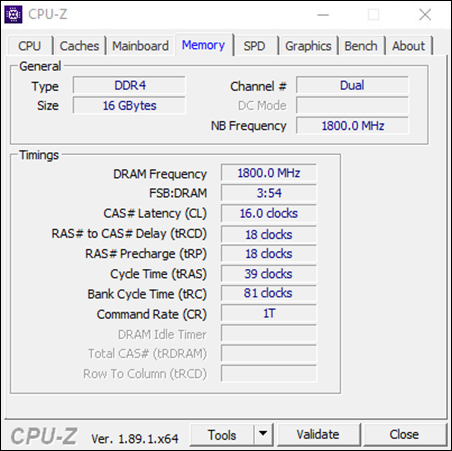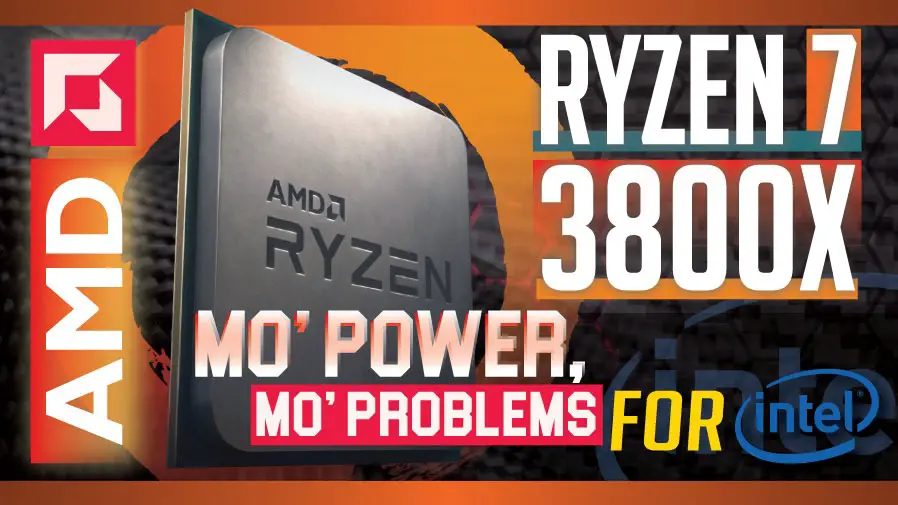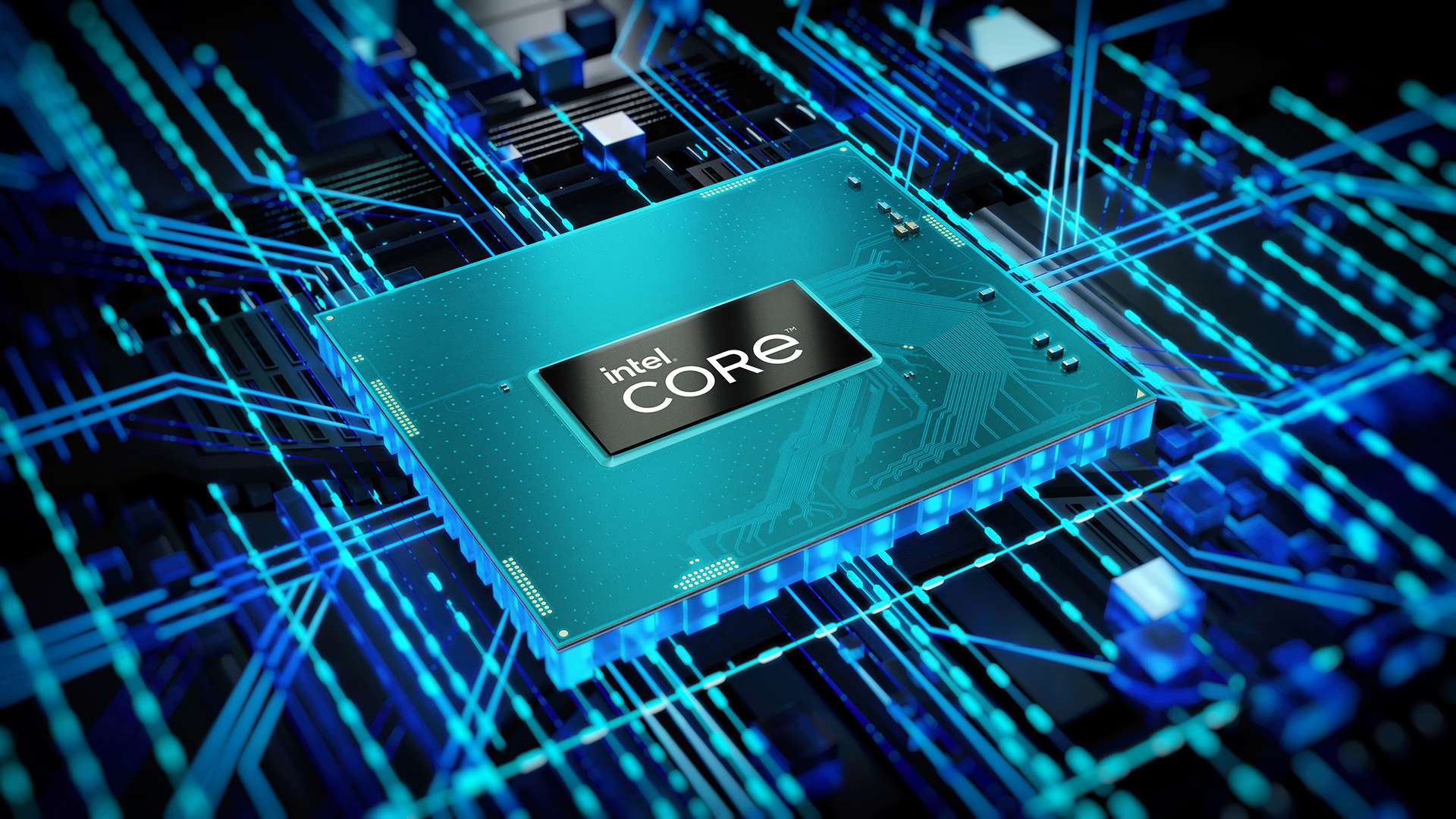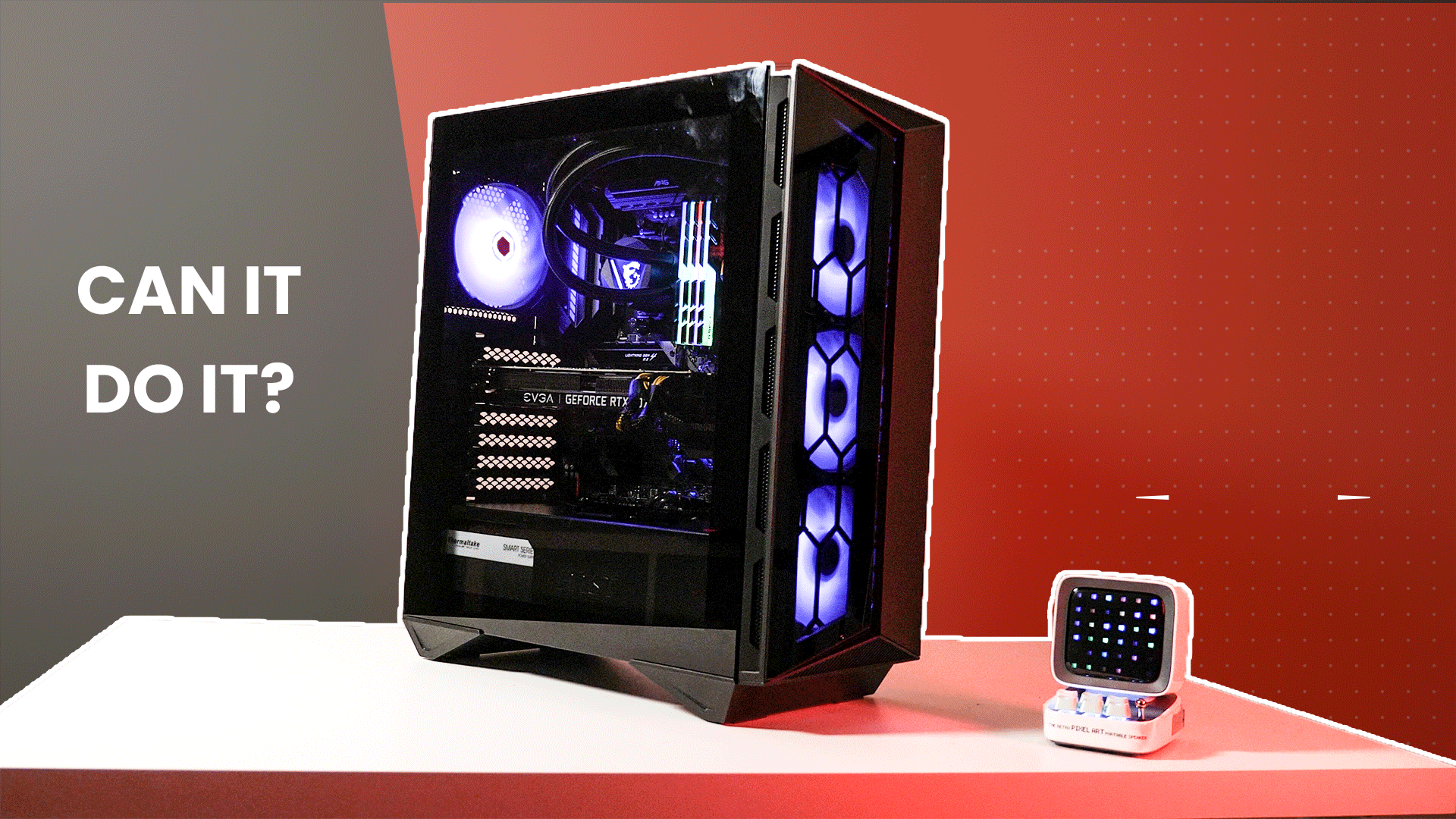The same caveats that we made mention of in the Ryzen 5 3600X review firmly apply to the Ryzen 7 3800X. That is the time vs reward equation is getting more and more skewed with every new generation. Thanks to more and more advanced ‘built in’ algorithms manual overclocking really is becoming of limited usefulness. So much so that days of massive amounts of ‘free power’ are well and truly over.
Instead, for the average Ryzen 7 3800X owner simply enabling PBO and autoOC will net you nearly as good results as manual overclocking. While yes, the occasional ‘golden CPU’ will happen from time to time, the fact of the matter is if you plan on manually overclocking your new AMD Zen 2 based CPU the biggest net gain will from lowered temperatures and voltages… not higher frequencies. Depending on your point of view this is a good thing. Less time spent gaining every ounce of performance means more time actually using the system.

In either case, this certainly is an ironic reversal of the ‘traditional roles’. In past generations you had to push more voltage and deal with greater temperatures in order to wring every last drop of performance out of the Ryzen 2000 or 1000-series CPU. This time around AMD is simply binning these chips too effectively to gain any untapped potential that cannot be found via PBO and autoOC. All you can hope for is to refine the voltages. Even here all you will be hoping to do is better than what the algorithms can do. Thankfully, as PBO and autoOC are designed around the worst-case scenario CPUs they can, will, and do push upwards of 1.5v to the cores. That is above our comfort range… and trying to improve upon their frequencies will require even more voltage applied to the cores.
So instead of hopes of turning the dial all the way to eleven, most should instead focus in on voltage tuning, or reducing the voltage to actually what is needed. Not needlessly trying to push above what PBO and autoOC offer. Sadly, with even 1.43volts applied the highest we were able to get on an all core, 24-hour stable overclock was to set the cores to 4.3GHz. Anything above this required much more voltage than we would want to use, and even then… the results were not fully stable. In single and low active core count scenarios this will result in lower than ‘stock’ performance (which is 4.5Ghz), but will net better than PBO and autoOC all core performance in both voltages needed and CPU temperatures. With that said, even reducing things to 4.3Ghz will require better than stock cooling. To be blunt, you will want to invest in a good aftermarket cooling solution if you want to get the most from any AMD Ryzen 3000-series CPU. The cooler in the box is more than good enough for rated frequencies but once you enable advanced features such as PBO and autoOC the cooling solution will quickly become the bottleneck… and thermal throttling will occur long before you see anything remotely close to 4.5Ghz on all cores.

On the positive side, pushing the memory beyond DDR4-3200 is not a difficult endeavor. Hitting DDR4-3600 is eminently possible and going even higher may indeed be an option. For our long-term requirements, DDR4-3600 was as high as we could go before we would have to start trading CPU core frequencies for memory and Infinity Fabric 2 speed. This limitation was confirmed on two different AMD X500 series motherboards… including one of the better ones available: the ASRock X570 Taichi.
Overall, the Ryzen 7 3800X acts much the same way as a Ryzen 5 3600X does… it just does so with two extra cores added into the mix. From that point of view the end result is pretty darn good. Eight cores, with sixteen threads at 4.3Ghz, IF2 set to 1800Mhz and the RAM ticking along at DDR4-3600 speeds is a rather good combination to say the least. It just will be a lot less than what an Intel Core i7-9700K can offer when it too is overclocked.











